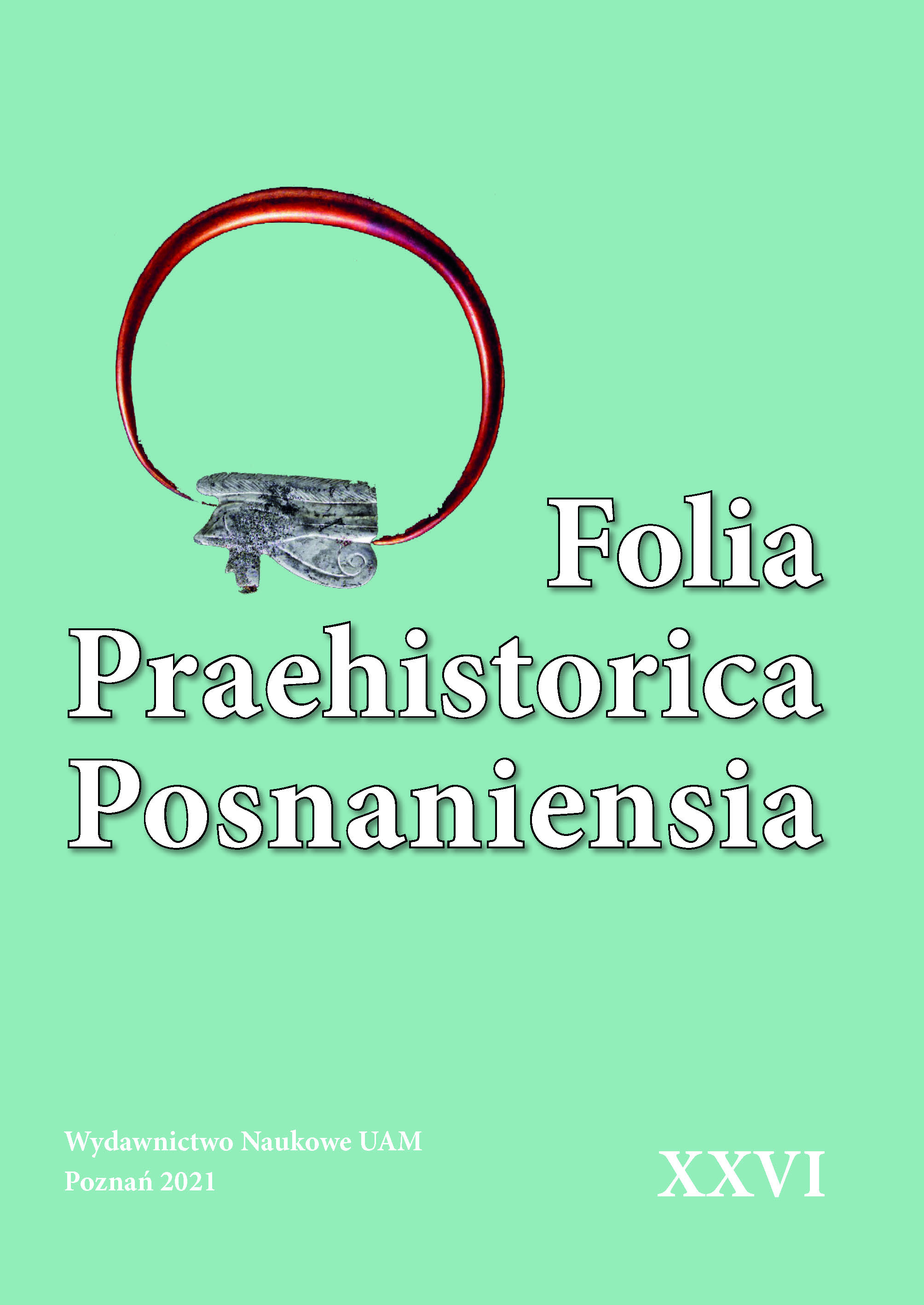PRZEDSTAWIENIA GRZYBÓW PSYCHOAKTYWNYCH W EWIDENCJI ARCHEOLOGICZNEJ I ICH INTERPRETACJE
DEPICTIONS OF PSYCHOACTIVE MUSHROOMS IN ARCHAEOLOGICAL EVIDENCE AND ITS INTERPRETATIONS
Author(s): Aleksandra OlbryśSubject(s): History, Archaeology
Published by: Uniwersytet Adama Mickiewicza
Keywords: human evolution; psylocybin mushrooms; psychedelic renaissance; saharan? rock art; altered states of consciousness
Summary/Abstract: There has been a debate regarding substances that cause altered states of consciousness (especially those of a psychedelic nature) that have been intrinsically linked to man since the dawn of time. The question of the beginning of the crystallization of human consciousness intrigues today’s researchers. American writer and ethnobotanist Terence McKenna tangled with such ideas, indeed one of his thoughts contributes to many controversial opinions and theories presented in this work. The stoned ape theory considers psilocybin, the active substance of entheogenic mushrooms, as an element that played an important role in the process of human evolution and contributed to the acceleration of human consciousness. The author of a title theory believes that psychoactive mushrooms, which might have been components of our ancestors’ diet, could also contributed to the development of language and religion. In this paper, an attempt will be made to subject the title theory to criticism with particular discussion of archaeological evidence.
Journal: Folia Praehistorica Posnaniensia
- Issue Year: 26/2021
- Issue No: 1
- Page Range: 281-307
- Page Count: 27
- Language: Polish

